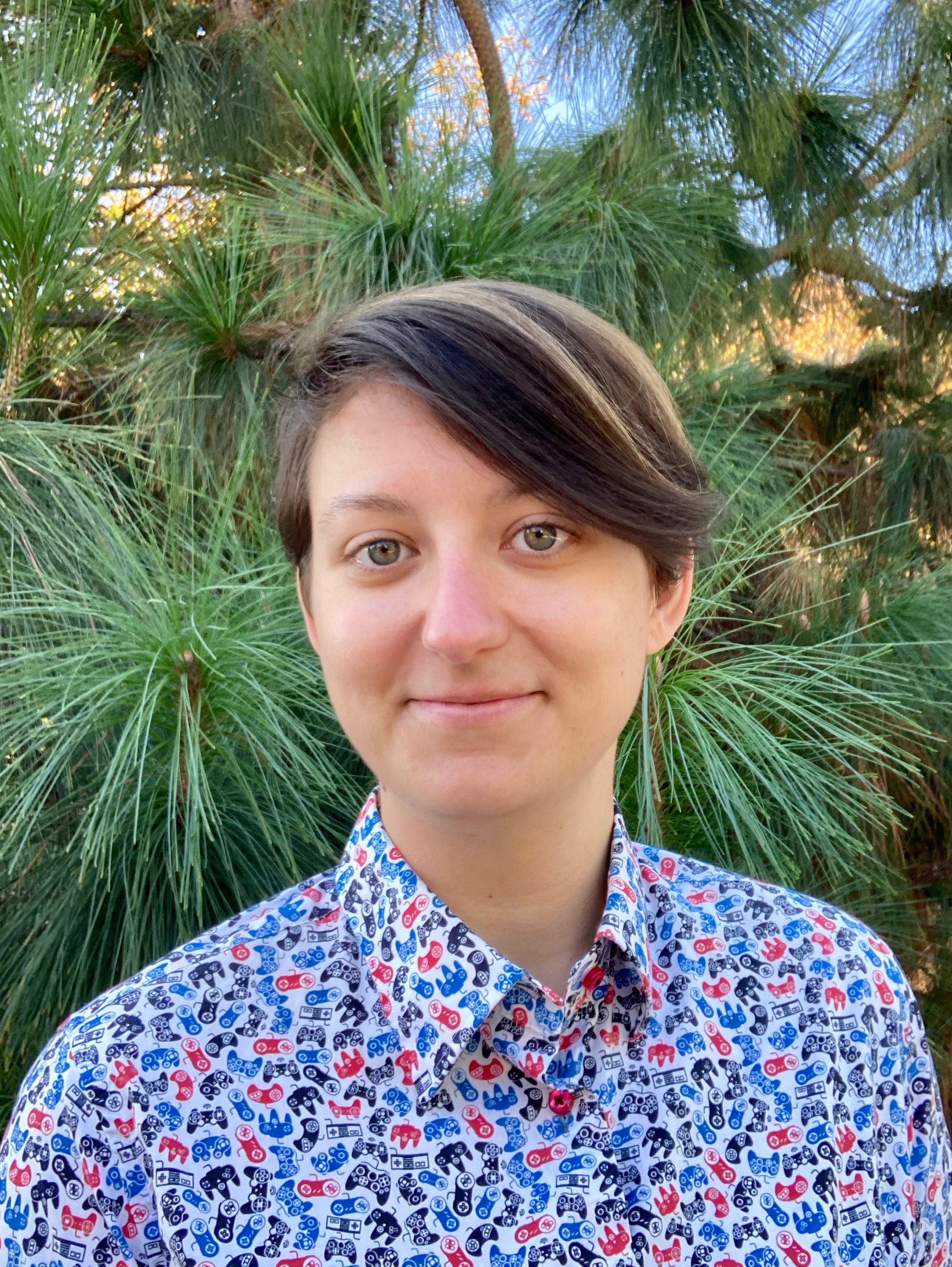Chantal Gratton, PhD (Stanford)

Lecturer in Sociolinguistics
Email: c.gratton@qmul.ac.uk
Room Number: ArtsOne 1.09
Office Hours: By appointment
Profile
I am a sociophonetician interested in interactional questions, focusing on how speakers make use of linguistics variation to navigate social structures, forge interpersonal relationships, and express emotional affect. I’ve taken a variety of (quant and qual) approaches to examine:
- non-binary transgender speakers' use of pitch to construct community and mark stances towards normative social ideologies
- the semiotic link between prosody, the body, and forms of physical activity, evidenced by YouTube bodybuilders and yogis
- the interactional potential for variation in vowel space size to mark common ground and construct closeness
- how visceral affect complicates the relationship between vocalic variation and social meaning